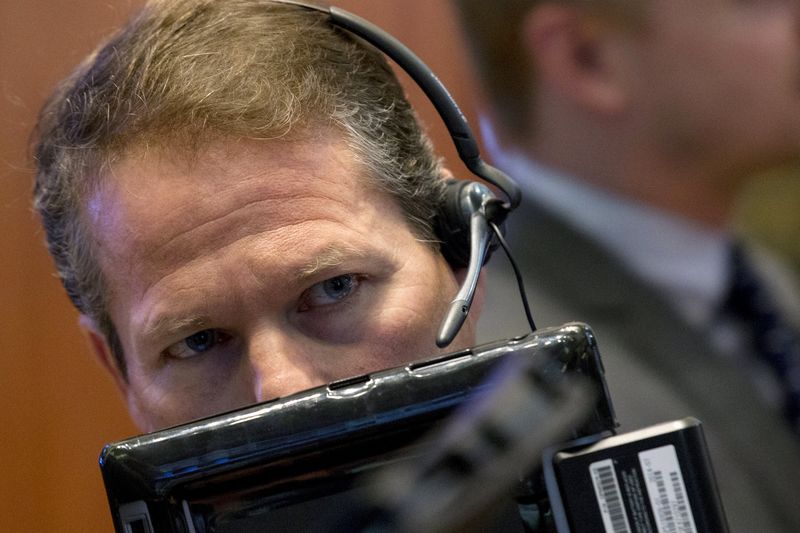Quiver Quantitative - The Federal Reserve's Vice Chair for Supervision, Michael Barr, has added his voice to the growing concerns over the risks posed by leveraged trading strategies employed by hedge funds in the Treasury market. Highlighting the strategy known as the basis trade, Barr acknowledged its potential to enhance market efficiency but cautioned against the increased risks associated with the use of leverage. He pointed out the need for improved regulatory oversight, including better data on non-centrally cleared trades, to manage these risks effectively.
Concern over the opacity of hedge fund trading strategies has been a theme under the Biden administration, with SEC Chair Gary Gensler noting significant gaps in regulatory insight. At a New York Fed conference, Commodity Futures Trading Commission Chairman Rostin Behnam also emphasized the incomplete regulatory picture of basis trading's full risks. Both Behnam and Barr emphasized the necessity of monitoring to ensure market resilience and integrity, with Behnam announcing the formation of an AI-focused task force to examine its use in derivatives markets.
The CFTC's task force is set to solicit public input in 2024 on AI's role in trading, risk management, and cybersecurity within CFTC-regulated firms. This feedback will guide the agency's supervisory oversight and determine the need for potential new rules or guidelines. Meanwhile, the SEC's Haoxiang Zhu addressed industry concerns about the proposed mandate for central clearing of all U.S. Treasuries, indicating that regulators are considering practical timelines for implementation while also feeling a sense of urgency to fortify the market against recent volatilities.
As federal agencies work to close gaps in the oversight of sophisticated trading strategies, the financial community watches closely. The industry awaits definitive actions from the SEC regarding the central clearing proposal, amid the collective regulatory push to safeguard the Treasury market's stability and efficiency in the face of a $25 trillion market and unpredictable market movements.
This article was originally published on Quiver Quantitative
